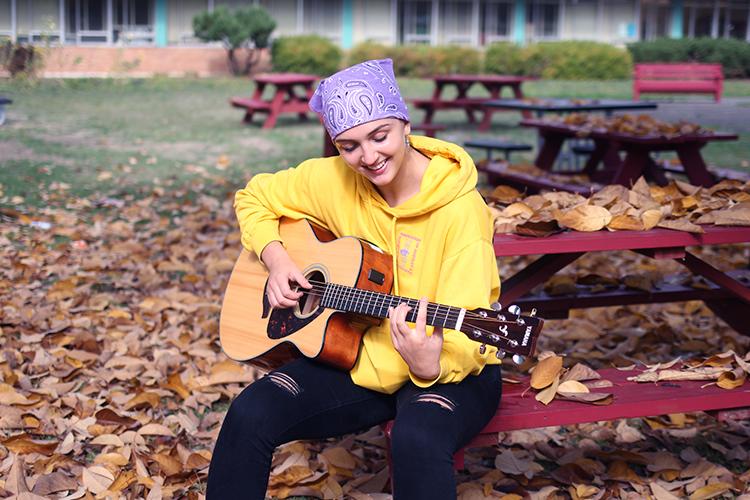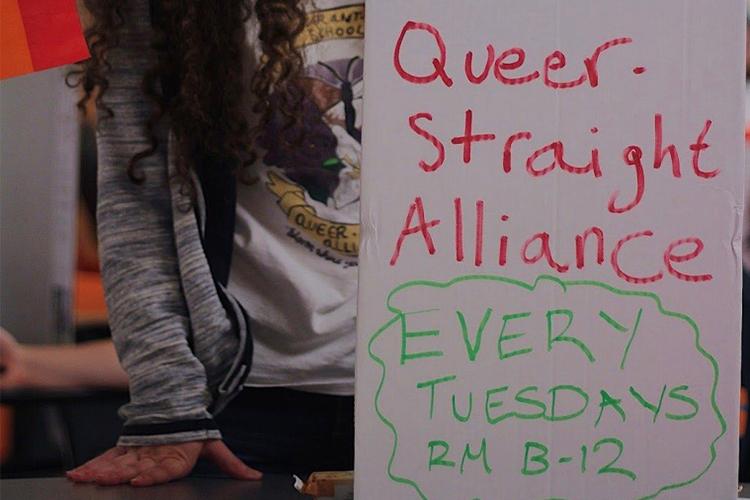
If not for a recent lawsuit, Portland Public Schools would have removed Pioneer School, a program for students with significant disabilities, from its building. Instead, ACCESS Academy, a program for gifted students, would have moved in, clearly showing PPS’s extremely skewed priorities.
According to the PPS website, ACCESS is a program for highly capable students who “need to be challenged in ways their neighborhood schools cannot provide.” For the last few years, ACCESS has been at the Rose City Park school building. However, with the district reopening Rose City as an elementary school this year, ACCESS was forced to look for a new home.
After a long process, PPS settled on the Holladay/Youngson site, the home of Pioneer School.
Pioneer is PPS’s program for students who have disabilities that prevent them from being served by their neighborhood schools. “This is a school for children who have not been successful in traditional school environments and Special Ed classrooms,” says Danielle Pacifico-Cogan, a Pioneer parent and co-creator of the lawsuit that prevented PPS from moving ACCESS into Pioneer’s site.
Pioneer is structured unlike the other schools in the district specifically to accommodate these students. Pacifico-Cogan says that Pioneer “has a higher ratio of staffing to students, smaller class sizes and has a physical space designed specifically for students with developmental disabilities, including sensory rooms and a large outdoor walkway space,” all of which are crucial to the success of the students.
PPS proposed sending the Pioneer students to two separate buildings: Applegate, the home of a Head Start preschool, and Rice Facility, which mostly houses administrative offices. PPS would have gone through with this plan had they not been blocked by a lawsuit filed by three guardians of Pioneer students. The lawsuit alleges that PPS violated the Americans with Disabilities Act and the Rehabilitation Act by discriminating against the Pioneer students on the basis of their disabilities. PPS promptly nixed the proposal.
According to the lawsuit, “Even though PPS knows that all of the children at Pioneer are disabled and are placed at Pioneer at Holladay/Youngson in order to accommodate their disabilities, the decision was made without any effort to understand the disabilities of any Pioneer child or the ways in which those disabilities are accommodated at Holladay/Youngson.”
Pioneer has a clear need for the space that ACCESS does not. The Holladay/Youngson building is the only site with the necessary amount of classrooms, as well as additional spaces for therapy, de-escalation and opportunities for vocational training. Julia Brim-Edwards, a PPS board member, brought up another concern, stating that opening the two campuses “would’ve required some land use changes, and midway through the process, it was clear that the land use changes potentially would’ve taken a long time, certainly not a short enough time period that it would’ve been able to open this fall.” Clearly, this plan would not have worked if Pioneer hadn’t been able to use the campus.
This begs the question: why did PPS choose Pioneer to be moved? Out of their many schools, why this one? The answer is that PPS struggles with equity.
For them to move ACCESS to a school where the students have disabilities that prevent them from being served by their neighborhood schools, makes it clear that PPS prioritizes its general education and accelerated students. As Lisa Jensen, one of the co-creators of the lawsuit and a Pioneer parent, said, “It felt like they thought that they could push over the parents and the teachers at Pioneer.” In doing so, they neglected the needs of the Pioneer students, ignoring their responsibilities as a school district.
Additionally, PPS’s specific process added insult to injury for the Pioneer community. According to Amy Estep, a Pioneer counselor, Pioneer administration found out about the decision to move the school through Facebook, instead of from PPS officials. “They didn’t talk to a single staff, student or parent. They didn’t even really tour the school. (Superintendent Guadalupe Guerrero) walked around the building for 15 minutes with his officials, didn’t talk to anybody, and then left,” says Estep. “There was no due diligence as far as realizing the impact for the students we have, which are the most vulnerable in the district, so it was really shocking.”
Therein lies the issue with PPS: they aren’t going into schools and finding out what’s best for each program. They are making their decisions without being informed on the situation. Estep says, “I think they make decisions from remote locations with ideas that aren’t accurate.”
Suzanne Cohen [president of the Portland Association for Teachers] adds that, “the students, the parents, and the educators working in the building are who you’re going to get your best advice from.”
In the case of Pioneer, PPS has admitted their error. In a letter sent to the Pioneer community, they apologized for the process and limited communication, stating, “We have reflected on this experience and understand that we need to do better.”
If PPS wants to be an equitable district and “do better,” they need to focus on what’s best for all of their students, not just the general education students. Additionally, they need to know what’s actually going on in their schools in order to make informed decisions. Only then will PPS be truly equitable.



































